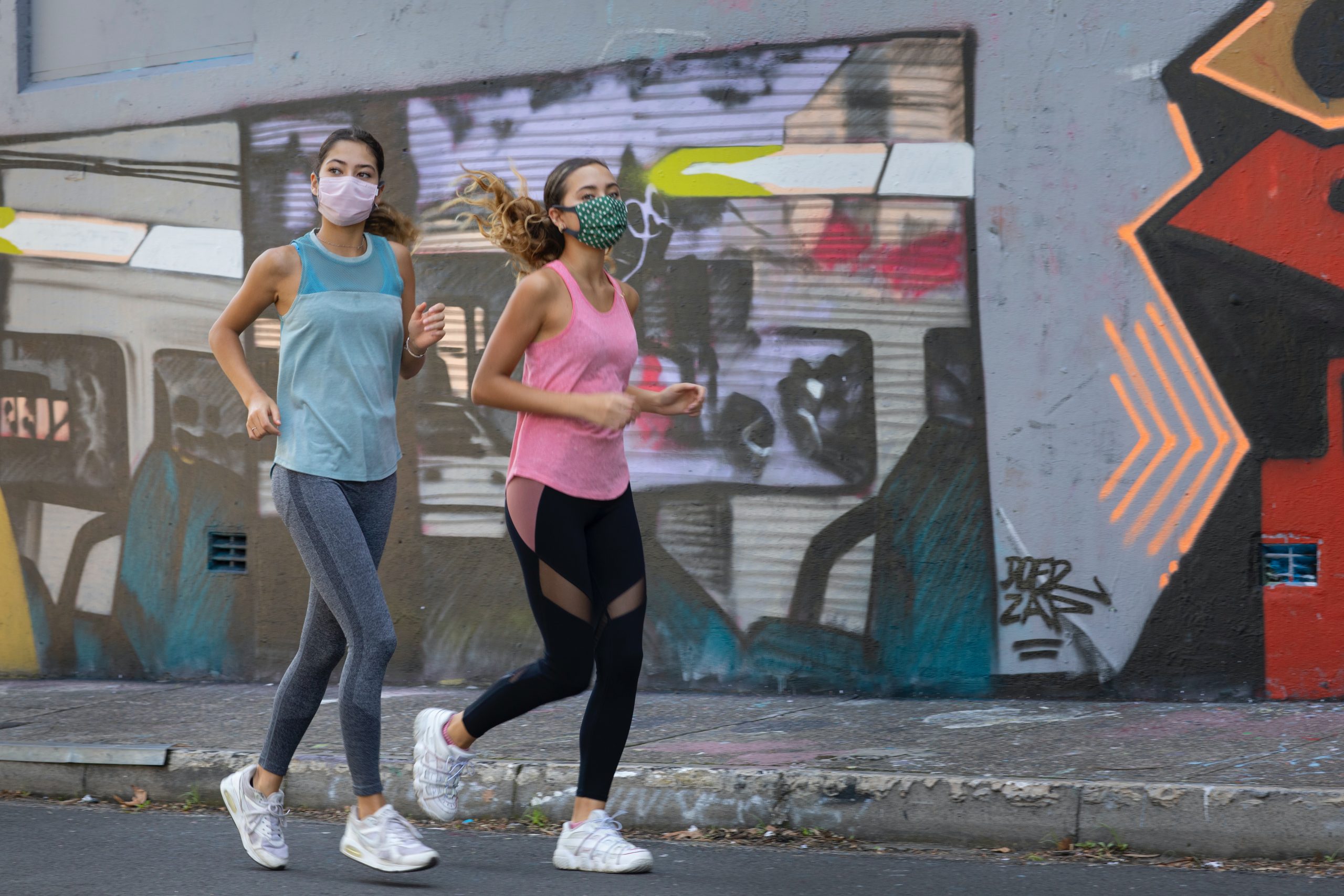
Harvard researchers provide further evidence that, as one environmental advocate has said, “fracking is inherently hazardous to the health and safety of people and communities in proximity to it.”
By Kenny Stancil, Common Dreams (CC BY-NC-ND 3.0).
Elderly individuals who live near or downwind of fracking and other “unconventional” drilling operations are at higher risk of early death compared with seniors who don’t live in close proximity to such sites, according to a new study out Thursday from the Harvard T.H. Chan School of Public Health.
Airborne contaminants from more than 2.5 million oil and gas wells across the U.S., researchers wrote in a paper published in the peer-reviewed journal Nature Energy, are contributing to increased mortality among people 65 and older residing in neighborhoods close to or downwind from what is called unconventional oil and gas development (UOGD)—extraction methods that include directional (non-vertical) drilling and hydraulic fracturing.
“Although UOGD is a major industrial activity in the U.S., very little is known about its public health impacts,” Petros Koutrakis, professor of environmental sciences and one of the paper’s co-authors, said in a statement. “Our study is the first to link mortality to UOGD-related air pollutant exposures.”
Co-author Francesca Dominici, professor of biostatistics, population, and data science, added that “there is an urgent need to understand the causal link between living near or downwind of UOGD and adverse health effects.”
Earlier research, the Harvard Chan School acknowledged in its press release, has “found connections between UOGD activities and increased human exposure to harmful substances in both air and water, as well as connections between UOGD exposure and adverse prenatal, respiratory, cardiovascular, and carcinogenic health outcomes. But little was known about whether exposure to UOGD was associated with mortality risk in the elderly, or about exactly how exposure to UOGD-related activities may be contributing to such risk.”
To find out more, a team of 10 scholars analyzed a cohort of nearly 15.2 million Medicare beneficiaries living in all of the nation’s major UOGD exploration regions from 2001 to 2015. They also examined data collected from more than 2.5 million oil and gas wells.
For each Medicare recipient’s ZIP code and year in the cohort, researchers calculated what pollutant exposures would be if one lived close to UOGD operations, downwind of them, or both, while adjusting for socioeconomic, environmental, and demographic factors.
The closer people lived to fracked gas and other unconventional wells, the greater their risk of premature mortality, researchers found.
According to the Harvard Chan School’s summary of the study:
Those who lived closest to wells had a statistically significant elevated mortality risk (2.5% higher) compared with those who didn’t live close to wells. The study also found that people who lived near UOGD wells as well as downwind of them were at higher risk of premature death than those living upwind, when both groups were compared with people who were unexposed.
“Our findings suggest the importance of considering the potential health dangers of situating UOGD near or upwind of people’s homes,” said Longxiang Li, a postdoctoral fellow in the Department of Environmental Health and lead author of the study.
The new study adds to a growing body of literature linking fossil fuels to negative health outcomes. In a recent report, the World Health Organization warned that burning coal, oil, and gas is “causing millions of premature deaths every year through air pollutants, costing the global economy billions of dollars annually, and fueling the climate crisis.”
Another recent study estimated that eliminating greenhouse gas emissions by 2050 would save 74 million lives this century. Despite mounting evidence of the deadly toll of fossil fuels, President Joe Biden has yet to use his executive authority to cancel nearly two dozen fracked gas export projects that are set to unleash pollution equivalent to roughly 400 new coal-fired power plants.
So-called unconventional drilling practices have grown rapidly over the past decade, becoming the most common form of extraction in the U.S. As of 2015, the Harvard Chan School pointed out, “more than 100,000 UOGD land-based wells were drilled using directional drilling combined with fracking,” and “roughly 17.6 million U.S. residents currently live within one kilometer of at least one active well.”
Fracking threatens every person on the planet, directly or indirectly. It should be banned entirely.
—Wenonah Hauter, executive director of Food & Water Watch

In contrast to conventional oil and gas drilling, methods such as fracking require “larger volumes of water, proppants (sand or other materials used to keep hydraulic fractures open), and chemicals,” the Harvard Chan School noted.
Last summer, Physicians for Social Responsibility (PSR) uncovered internal records revealing that since 2012, fossil fuel corporations have injected potentially carcinogenic per- and polyfluoroalkyl substances (PFAS), or chemicals that can degrade into PFAS, into the ground while fracking for oil and gas—after former President Barack Obama’s Environmental Protection Agency approved their use despite agency scientists’ concerns about toxicity.
At the time, Wenonah Hauter, executive director of Food & Water Watch, called the PSR report “alarming,” and said it “confirms what hundreds of scientific studies and thousands of pages of data have already shown over the last decade: fracking is inherently hazardous to the health and safety of people and communities in proximity to it.”
“This says nothing of the dreadful impact fossil fuel extraction and burning is having on our runaway climate crisis. Fracking threatens every person on the planet, directly or indirectly,” said Hauter. “It should be banned entirely.”


